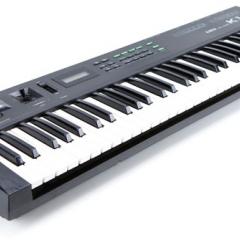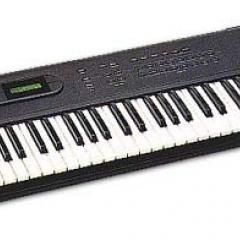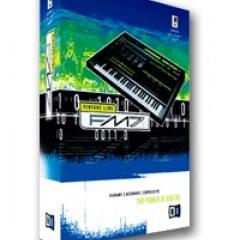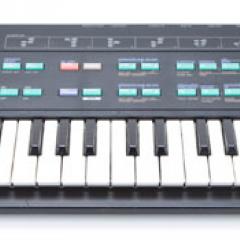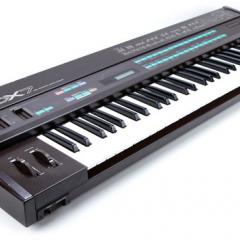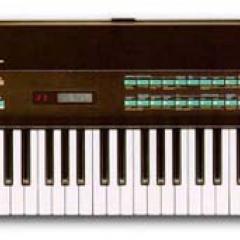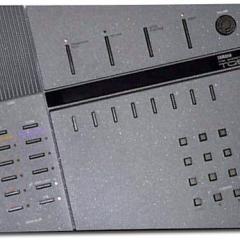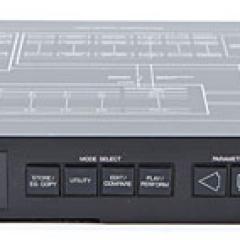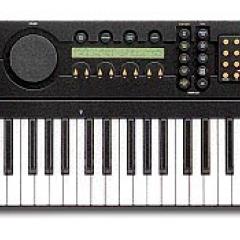Yamaha DX11

The DX11 was released in 1988, four years after the DX7 hit the market. The DX11's synthesis and sound quality is classic DX-style FM synthesis using 4-operators per voice. The DX11 has one major advantage over the DX7 and other older DX-synths, however. The DX11 offered 8-part multitimbrality, whereas older DX synths were monotimbral. The DX11 is essentially a keyboard version of Yamaha's first true multitimbral FM synthesizer, the TX81Z rack module.
The DX11's multitimbral features allowed you to spread various sound patches across different areas or "zones" of the keyboard. It also allowed for complex ensemble performances using external sequencers or while playing live using "Performance" patches. Also added were some Quick Edit functions so you don't have to delve into the complexity of FM synthesis to make a few simple tweaks. These quick edits affect the tone, envelope attack and release times. Unfortunately there are no on-board arpeggiators or sequencers.
The DX11 is only 8-voice polyphonic. A standard DX7 has 16-voices and though it is monotimbral, superior polyphony makes the DX7 an often more popular choice. Also, with just 8-voices, the DX11's multitimbral performances can wind up sounding pretty thin. Other 8-voice DX-type synths include the DX21, DX100, and TX81Z. And unlike most previous DX synths which all used sine waves for synthesis, the DX11 offers up to eight different waveforms to work with! And all the classic DX sounds can be found in the DX11. Brass, piano, strings, bell sounds, percussion, effects, and much more. Other features include chord-stacking, digital delay, and panning effects, however there is no chorus effect as on earlier DX-synths. At its current low second-hand price, the DX11 is an inexpensive way to get useable DX sounds! It has been used by Astral Projection and Autechre.
Demos & Media
Specifications
Websites of Interest
Resources
Images from Source unknown.
